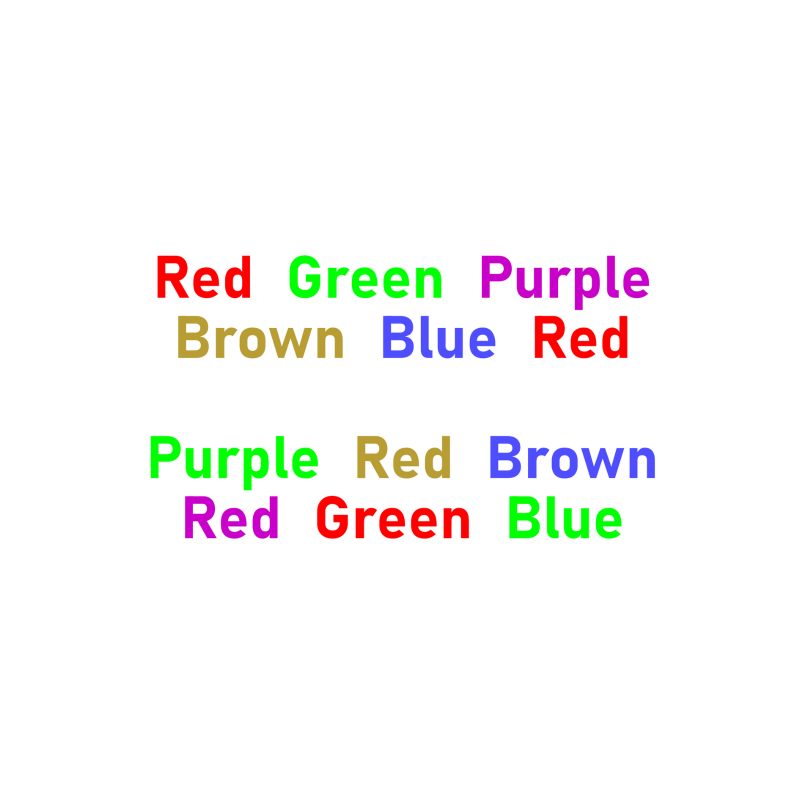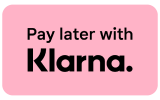
From Good Resolutions to Smart Resolutions: How to Set and Achieve Realistic Goals by 2024
From Good Resolutions to Smart Resolutions:
How to Set and Achieve Realistic Goals by 2024Time for a deep dive! Good resolutions are tricky. You knew that already. But do you know what happens in your brain when you make a resolution?
Only when you understand this do you know how to support yourself. With this hack, you’ll look at yourself in a completely different way. As long as you understand your brain a little better. Team work makes the dream work!
In this blog you will discover all about:
- What are good resolutions?
- How are good resolutions created?
- Why make resolutions in the first place?
- The psychology behind resolutions.
- 4 hacks to achieve your New Year's resolutions.
- Must-have smart tools for your resolutions.
What Are Good Resolutions?
Good resolutions are goals we set to a new year, right? Popular good resolutions are to lose weight, exercise, eat better or spend more time with friends and family. They are goals to make ourselves a better person.

Where do good intentions come from?
Good resolutions have been around for centuries. In the 1800s B.C. era, it was the Babylonians who started the idea. They made promises to their gods to prevent angering the gods. This was done during the celebration of the New Year, which was in March.
Later, it was the Romans who offered sacrifices to the god Janus (god of passage). With his two heads, Janus was able to look at both the past and the future. Julius Ceaser figured out that the new year henceforth began in the month of January, which contains a name reference to this god. (source: NOS)
This tradition of good resolutions continued throughout the centuries in various ways in different cultures.
The psychology behind good intentions
Ultimately, the goal of our good intentions is to develop a new, positive habit. By trying hard in January, we hope it will eventually come naturally. Of course, this is easier said than done.
It starts with a cue
The habits you follow today, wasn’t created overnight. Habits are formed because people respond to a cue for a long period of time. A cue is like a trigger that triggers a response. For example, your morning coffee may be a cue to light up a cigarette. Your brain has stored this as a link. In psychology, we call this stimulus-response prevention (source: psychologist.co.uk). Therefore, it is smart to be aware of the cue before you start your new resolutions. Removing the cue is essential if you’re looking to break a particular habit.
What science says about good intentions
Many good resolutions start to fade by February. But it can be done differently! The ability to direct your own behavior is called cognitive control. The degree to which you have it varies from person to person. Research has shown that there are personality differences on the one hand and strategies on the other that can lead to successful behavioral changes.

Cognitive control
There has been a lot of research on cognitive control over the past few decades. An interesting measurement method for this is the Stroop test.
You may be familiar with it: you are given different words to read from colors. Sometimes the word is printed in the same color (green in green ink), sometimes in a different color (green in red ink). During the test, you have to name the color of the ink, instead of the word.
The result? You take much longer to name the color with a red printed "yellow" than with a yellow printed "yellow”. The effect is stronger for some people than others. It depends on your ability to suppress an automatic response. This happens in the prefrontal cortex (source: EOS science).
Must-have smart tools for your resolutions
Tools to help you set New Years Resolutions4 tips to achieve your New Years Resolutions
1. Discover your cue
Think about your routines and where your current habit comes from. When you have the cue (trigger) clear, you can then describe what your (bad) routine is that follows the cue. Finally, you can write down what reward you experience after that action. These three steps; Cue, Routine, Reward and are part of a so-called habit loop. The habit loop determines which automatic behavior you exhibit. (Source: Unravel Behavior) If you want to change this, you will have to break the loop.
2. Make your house bullet-proof
Actively remove the cues and literally arrange your environment so that it helps you - and make your cues less prevalent. From psychology, we call this stimulus control. (source: psychologist.com) A nightstand full of fine books and a basket for your smartphone, delicious fresh tea flavors or a nice fruit bowl for on the kitchen counter. Invest in your good intention and make your good intention a party to look forward to.

Keeping to resolutions: this is how
Make use of a habit tracker!One of the best tools for learning good habits is a Habit Tracker. You'll find these in our erasable Lifestyle Planner and in our Do-book. You can fill in which habits you go for.
Pick a set time to update your tracker (every morning or every evening) and see how it goes. Are you succeeding in keeping to the new habit? And if not, why is this and what will you do differently? Remember: it's not about doing everything perfectly in 1 try. It's about trying to build in that routine and continuing to reflect and learn from your results.
3. Get a reward today!
Buy a gift, book a weekend away or reserve a ticket to a cool event as a reward when your resolution goes well. These are all things to look forward to and which make it worthwhile to keep your resolution.
4. Make up your escape
Make sure you have a plan when you are about to abandon your resolution. Something that distracts you or gives you extra motivation. For example:
Are you about to grab an unhealthy snack-> have your recipe book full of healthy snacks ready.
Don't feel like going to the gym -> Pick out your favorite pajamas and a movie/book in advance for after exercise.
Do you really feel like a cigarette -> Go for a nice walk with a cup of tea.

Goals for Self-Development
discover the system of the Lifestyle PlannerThis is how it works
- Formulate goals
- Track how it’s going daily
- Reflect weekly
- Plan ahead
- From larger goals to smaller milestones
Unlock your dream life with our Lifestyle Planner. You’ve got this!



















